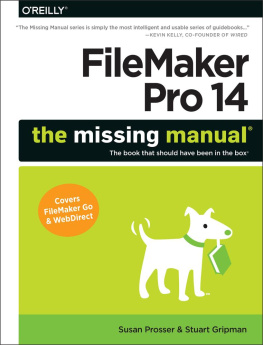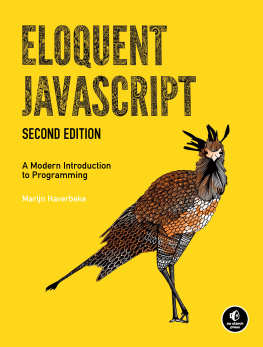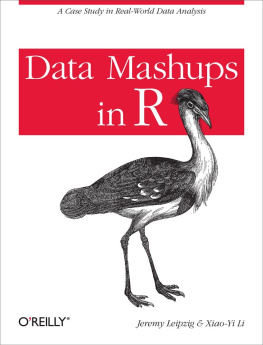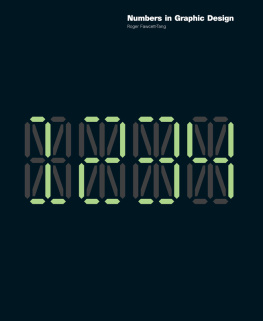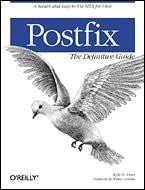Foreword
All programmers are optimiststhese words of wisdom were written down almost thirty years ago by Frederick P. Brooks, Jr.[] The Postfix mail system is a fine example of this. Postfix started as a half-year project while I was visiting the network and security department at IBM Research in New York state. Although half a year was enough time to replace the mail system on my own workstation, it was not nearly enough to build a complete mail system for general use. Throughout the next year, a lot of code was added while the software was tested by a closed group of experts. And in the five years that followed the public release, Postfix more than doubled in size and in the number of features. Meanwhile, active development continues.
One of the main goals of Postfix is wide adoption. Building Postfix was only the first challenge on the way to that goal. The second challenge was to make the software accessible. While expert users are happy to Read The Friendly Manual that accompanies Postfix, most people need a more gentle approach. Truth be told, I would not expect to see wide adoption of Postfix without a book to introduce the concepts behind the system, and which gives examples of how to get common tasks done. I was happy to leave the writing of this book to Kyle Dent.
Just like Postfix, I see this book as a work in progress. In the time that the first edition of the book was written, Postfix went through several major revisions. Some changes were the result of discussions with Kyle in order to make Postfix easier to understand, some changes added functionality that was missing from earlier versions, and some changes were forced upon Postfix by the big bad ugly world of junk email and computer viruses. Besides the changes that introduced new or extended features, many less-visible changes were made behind the scenes as part of ongoing maintenance and improvement.
This book describes Postfix Version 2.1, and covers some of the differences with older Postfix versions that were widely used at the time of publication. As Postfix continues to evolve, it will slowly diverge from this book, and eventually this book will have to be updated. While it is a pleasure for me to welcome you to this first edition, I already look forward to an opportunity to meet again in the near future.
| Wietse Venema |
| Hawthorne, New York |
| September 19, 2003 |
[] Frederick P. Brooks, Jr.: The Mythical Man-Month: Essays on Software Engineering , Addison Wesley, 1975.
Preface
I'm always astounded when I think about the early designers of Internet technologies. They were (and many still are) an amazing group of people who developed software and technologies for a network that was minuscule, by comparison with today's Internet. Yet their work scaled and has continued to function in not only a much larger but in a very different environment. The expansion hasn't been completely without growing pains, but that doesn't diminish this amazing feat. Sendmail is an example of one of the early technologies that was written for a different universe, yet is still relevant and handles a large portion of email today.
Postfix has an advantage in that it was built with an awareness of the scope and hostile environment it would have to face. In fact, its creation was motivated by the need to overcome some of the problems of software written in a more innocent age. What a difference a little hindsight can make.
I first started using Postfix when I was working with systems in a security-sensitive environment. The promise of more flexibility and better security caught my interest as soon as I heard about it. I was not disappointed. It didn't take long before I was hooked, and preferred using Postfix everywhere. This book is my attempt to create a reference and a guide to understanding how Postfix works. Its main goal is to explain the details and concepts behind Postfix. It also offers instructions for accomplishing many specific tasks.
Documenting a piece of software that is still under active development is a bit like trying to stop running water. Sadly, this book will be incomplete even before it is out. I've tried to structure the information in the book in such a way as to exclude things that might become irrelevant or quickly out-of-date, so that what you find in the book will be good information for a long time to come. However, you may have to supplement this book with online documentation, web sites, and the Postfix mailing list for coverage of the latest features.
Audience
Postfix is a network application written for Unix. The more you know about networking and Unix, the better equipped you will be to manage a Postfix server. This book tries to explain things in such a way as to be understandable to users new to Unix, but it is unrealistic to think that you could learn to administer a Postfix server without having (or at least acquiring) some Unix knowledge. The book focuses on Postfix itself. Other concepts are explained as needed to understand the functions and configuration of Postfix. If you're new to Unix, you should certainly consult other texts for general Unix information. Unix System Administration Handbook by Evi Nemeth, et al. (Prentice-Hall) is an excellent choice, and includes a helpful section on email. The relevant RFCs mentioned in this book can also be very helpful for understanding the details of a subject.
Organization
each present a specific topic that you may or may not need, depending on how you use Postfix:
Introduces Postfix and some general email concepts. Also discusses some of the design decisions that went into Postfix.
Covers required topics for understanding other concepts in the book. Anyone with a basic understanding of Unix and email can safely skip this chapter.
Explains the pieces of the modular architecture of Postfix and how Postfix handles email messages.
Covers a wide range of topics for configuring and managing a Postfix server.
Explains how the Postfix queue manager works, and presents the tools used to work with the queue.
Discusses how DNS is used for email routing. Presents considerations for configuring DNS to work with Postfix.
Covers how Postfix makes local deliveries and how it operates in conjunction with POP and IMAP servers.
Discusses using Postfix to receive email for virtual domains.
Discusses operating Postfix as a mail relay or gateway system.
Discusses setting up mailing lists in Postfix, and using Postfix with mailing-list managers. Provides examples with Majordomo and Mailman.
Discusses Postfix controls for blocking unwanted mail messages.
Covers using SASL libraries to provide SMTP authentication for clients to relay messages through your Postfix server.
Covers using the TLS patch to provide encrypted communications between clients and your Postfix server.
Discusses setting up external content filters with Postfix.
Covers using external data sources for Postfix lookup tables.
Presents an alphabetical listing of Postfix configuration parameters.
Presents a list, with brief explanations, of the command-line utilities that come with Postfix.





